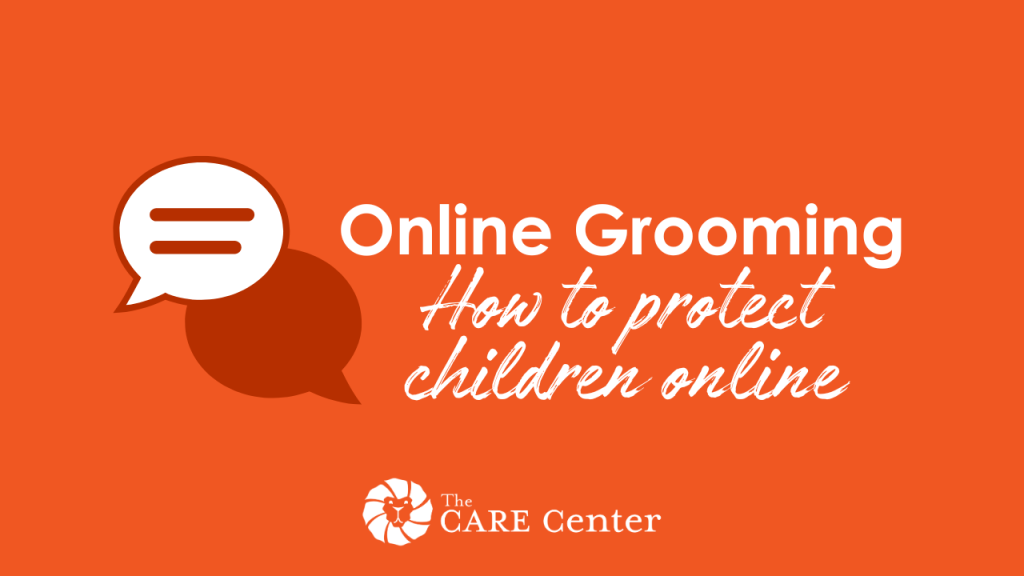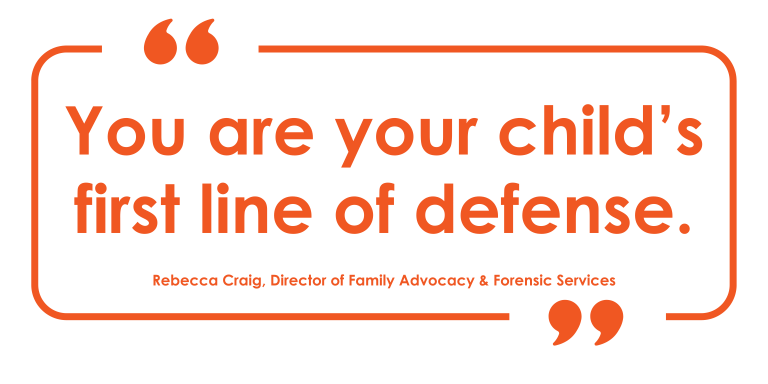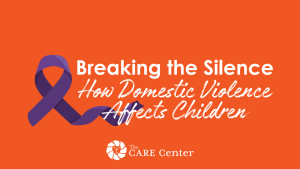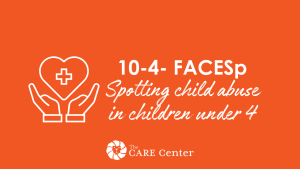
Online grooming doesn’t start with danger—it starts with kindness. That’s what makes it so hard to spot.
As kids head back to school, their online lives tend to ramp up—more homework on laptops, more socializing through phones, and more screen time overall. But with that screen time comes a hidden risk that every caregiver should know about: online grooming.
Online grooming happens when someone builds a relationship with a child online to exploit or abuse them. And it’s more common—and more subtle—than many caregivers realize.
The good news? You don’t need to be tech-savvy to help keep your child safe. You just need to be informed, present, and proactive.

What is Online Grooming?
Grooming doesn’t usually start with red flags. It often begins with kindness: a compliment, a shared interest, a friend request from someone who seems harmless.
Apps with messaging and chat features are where most of these conversations begin.
According to Lt. Dan Brooks of the Oklahoma City Police Department’s Crimes Against Children Unit, “Social media apps such as Roblox, Discord, Snapchat, TikTok, etc. are where these individuals are messaging children. Always know the accounts and have parental controls turned on for these apps. Periodically check their chats, especially if something is off.”
These conversations can quickly move from innocent to inappropriate. Groomers may ask a child for personal details—phone numbers, email addresses, even home locations.
That’s why it’s critical to teach children to never share personal information online—even if the person seems like a friend.

How Groomers Build Trust
Groomers are skilled manipulators. They know how to exploit loneliness, insecurity, or even just curiosity. They often pretend to be the same age as the child and slowly earn their trust.
As Lt. Brooks explains, “Have discussions with your children and be honest about how there are people out there who are posing as children. Remind them to never send nude, naked or revealing pictures to anyone. Try to make them feel safe to bring this information to your attention, if someone asks for them.”
Predators may take these actions:
Signs Something Might be Wrong
Every child is different, but here are some behaviors that might signal it’s time to check-in with your child about their online activity.
- Withdrawing from family
- Becoming secretive about devices
- Sudden mood swings or anxiety


Digital red flags to look out for
None of these signs confirm grooming—but they’re clues worth checking in about.
- Using apps you’ve never heard of
- Multiple or hidden social media accounts
- Frequent clearing of browser & chat history
- Unexplained money or digital gifts
Back-to-School is the perfect time to reconnect
Heading into a new school year is a great opportunity to reset expectations around technology and reopen conversations about digital safety.
Here’s how you can start:
- Talk regularly – Ask about the games or apps they use. Not in a “gotcha” way, but with genuine curiosity.
- Set healthy limits – Revisit screen time, bedtime routines, and device-free zones (like during dinner or before school).
- Review privacy settings – Together, go through the settings on their favorite apps. It’s a good way to teach and learn.
- Stay involved – Know their friends list. Keep up with the apps they’re using. You don’t need to hover—just stay aware.
These little touchpoints build trust, making it more likely your child will come to you if something feels wrong. Learn what you can do to increase your child’s online safety.

What to do if you Suspect grooming
If your gut tells you something’s wrong, trust it. Your calm, supportive response can make all the difference.
Here’s what you can do:
- Stay calm – Your child needs to feel safe, not shamed.
- Document everything – Take screenshots of messages, usernames, timestamps.
- Don’t confront the predator – Let law enforcement handle it.
- Report immediately – Lt. Brooks reminds us: “Report illegal activity to law enforcement. Knowing who is attempting to get children to send pictures, reveal addresses, etc. is vital to keeping children from becoming victimized.”
Online grooming can happen to any child—no matter how engaged, confident, or careful they are. This isn’t about blame. It’s about being prepared. These are conversations every caregiver should have.
Need tips on how to handle these topics? Check out our other resources, contact your local Child Advocacy Center or contact The CARE Center.



